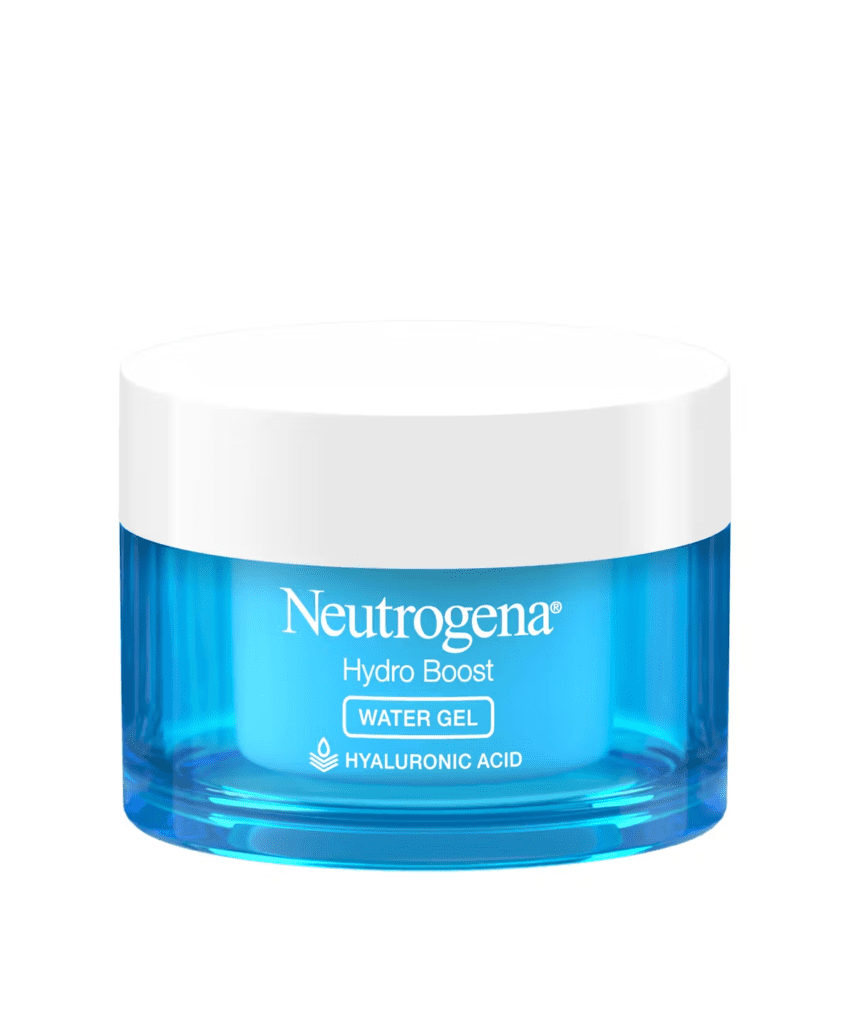When it comes to skincare, exfoliation is an important step in the quest for smooth, glowing skin. There are two main types of exfoliants, chemical exfoliants and physical exfoliants. Chemical exfoliants have grown in popularity for their efficacy and benefits. While physical exfoliants are liked because they are fun to use. Overall however, chemical exfoliation is far better as it is less likely to destroy your skin barrier.
Understanding the different types of chemical exfoliants, namely Alpha Hydroxy Acids (AHAs), Beta Hydroxy Acids (BHAs), and Polyhydroxy Acids (PHAs), can transform your skincare routine. In this article I’m going to explain a bit about chemical exfoliants, their mechanisms, and their advantages over physical exfoliants, providing a comprehensive guide to help you navigate these potent skincare ingredients.

What are Chemical Exfoliants and How Do They Work?
Chemical exfoliants are substances that facilitate the removal of dead skin cells from the surface of the skin, promoting cell turnover and revealing a fresher, more radiant layer of skin. Unlike physical exfoliants, which use abrasive materials to scrub away dead cells, chemical exfoliants dissolve the bonds between skin cells, allowing them to shed naturally. This process not only smooths the skin but also helps to unclog pores, even out skin tone, and improve overall skin texture.
Physical Exfoliants vs Chemical Exfoliants: Why Chemical Exfoliants Are Better
Physical exfoliants, such as scrubs containing beads or granules, can sometimes be too harsh on the skin. They can cause micro-tears, leading to irritation, redness, and even exacerbate skin conditions like acne or rosacea. On the other hand, chemical exfoliants offer a gentler approach. By working on a cellular level, they provide a more uniform exfoliation without the risk of physical abrasion. This makes them suitable for all skin types, including sensitive skin, provided they are used correctly.
Types of Chemical Exfoliants
Chemical exfoliants can be categorized into three main types: AHAs, BHAs, and PHAs. Each type has distinct properties and benefits, making them suitable for different skin concerns and types.
AHAs
Alpha Hydroxy Acids (AHAs) are water-soluble acids derived from fruits and milk. They work by loosening dead skin cells on the top layer of the skin by breaking down the component that keeps skin cells glued together. This makes them ideal for addressing issues like dullness, uneven texture, and pigmentation. Common AHAs include glycolic acid, lactic acid, and citric acid.
- Glycolic Acid: Derived from sugar cane, glycolic acid has the smallest molecular size, allowing it to penetrate the skin deeply and effectively. It is excellent for brightening and improving skin texture but can be potent, requiring careful use to avoid irritation.
- Lactic Acid: Sourced from milk, lactic acid is milder than glycolic acid, making it suitable for sensitive skin. It helps in moisturising the skin while providing gentle exfoliation.
- Citric Acid: Found in citrus fruits, citric acid is effective for brightening and evening out skin tone. It also has antioxidant properties, protecting the skin from environmental damage.
- Mandelic Acid: Mandelic acid has a larger molecular size compared to other AHAs like glycolic acid. This larger size means it penetrates the skin at a slower rate, making it a more gentle option, ideal for sensitive skin types or those new to chemical exfoliation.
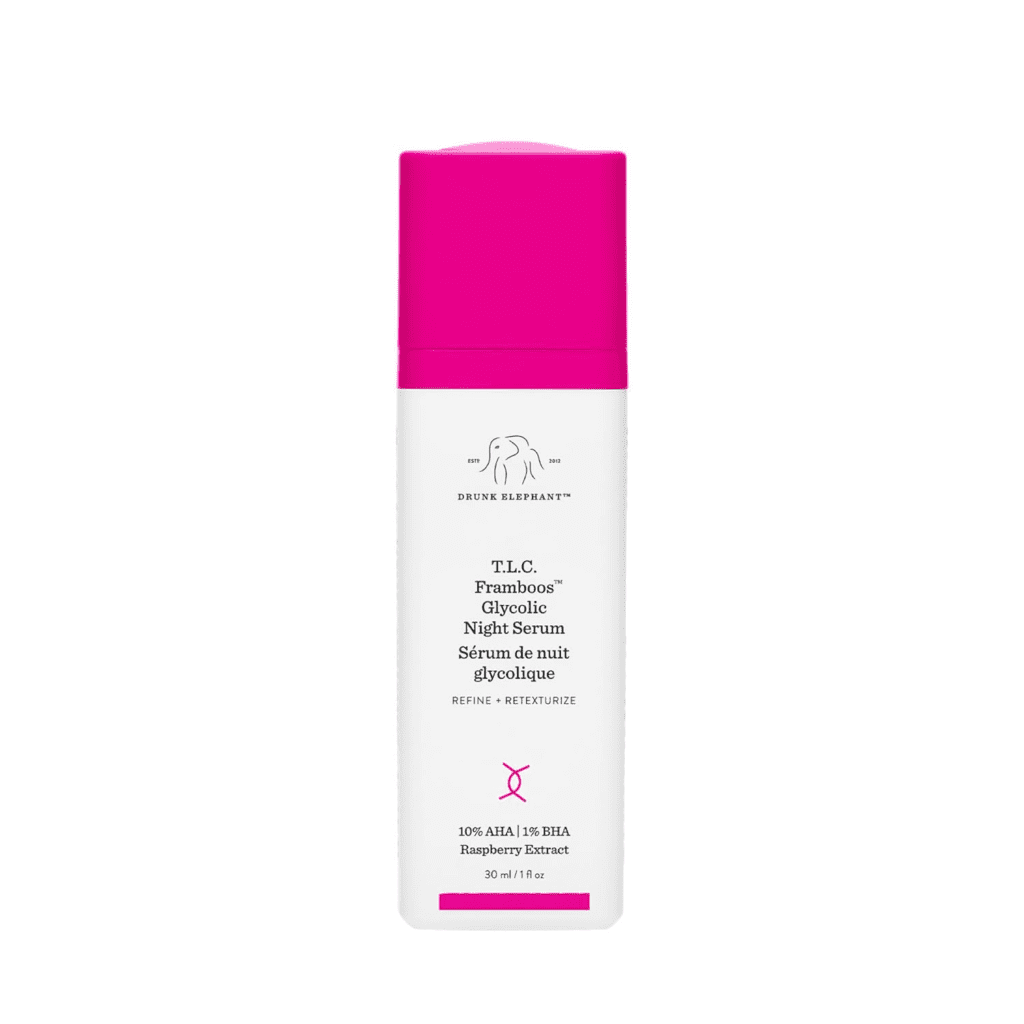
The Drunk Elephant T.L.C Framboos Glycolic Night Serum
BHAs
Beta Hydroxy Acids (BHAs) are oil-soluble acids, making them particularly effective for oily and acne-prone skin. They penetrate deeper into the skin making them good at minimising breakouts and clogged pores. The most commonly used BHA is salicylic acid, which can penetrate the pores to remove excess oil and debris.
- Salicylic Acid: Derived from willow bark, salicylic acid is renowned for its ability to clear out clogged pores and reduce inflammation. It is an excellent choice for those dealing with acne, blackheads, and enlarged pores.
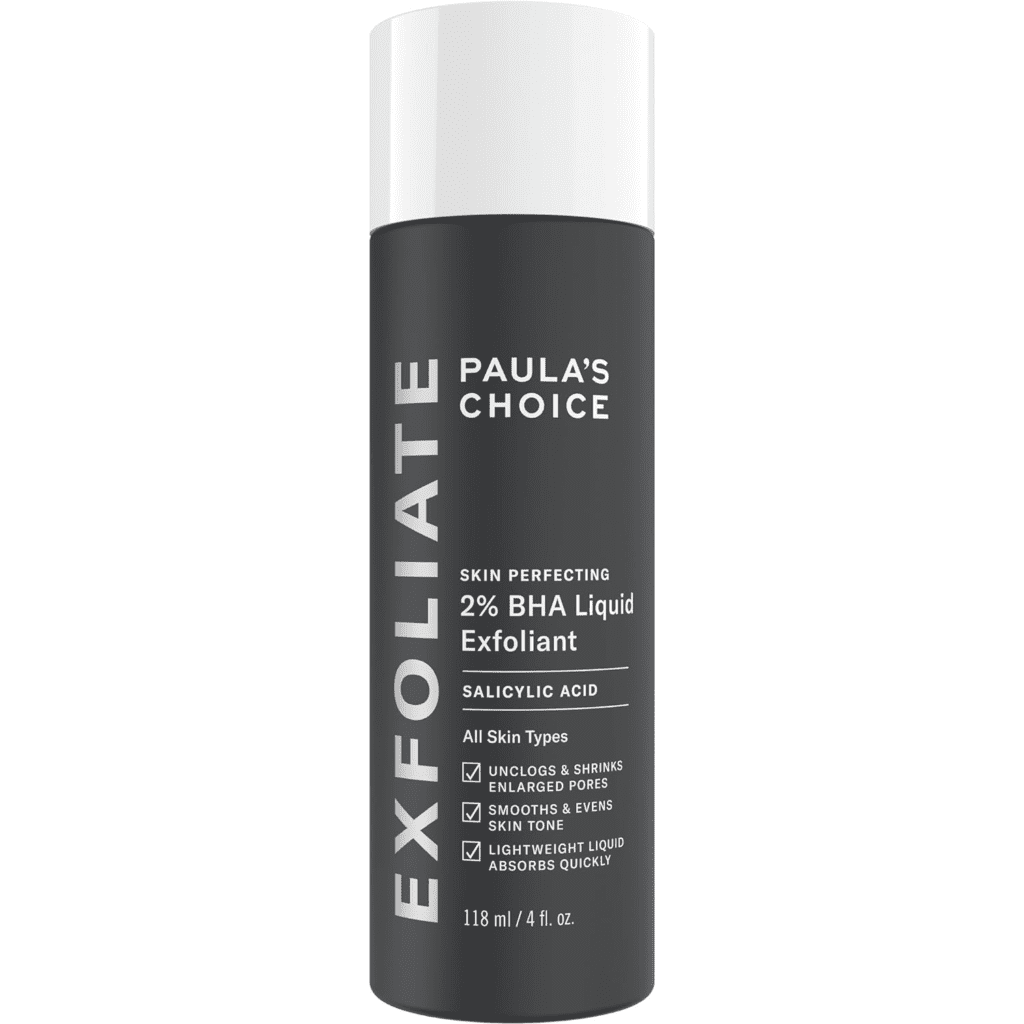
Paulas Choice SKIN PERFECTING 2% BHA Liquid Exfoliant
PHAs
Polyhydroxy Acids (PHAs) are a newer generation of hydroxy acids that offer similar benefits to AHAs but with less irritation. PHAs have larger molecular sizes, which limits their penetration and makes them less harsh, and ideal for sensitive skin.
- Gluconolactone: A commonly used PHA, gluconolactone, provides gentle exfoliation while offering hydrating and antioxidant benefits. It is suitable for sensitive and rosacea-prone skin.
- Lactobionic Acid: Derived from milk, lactobionic acid is another PHA that provides gentle exfoliation along with added hydration, making it suitable for dry and sensitive skin.
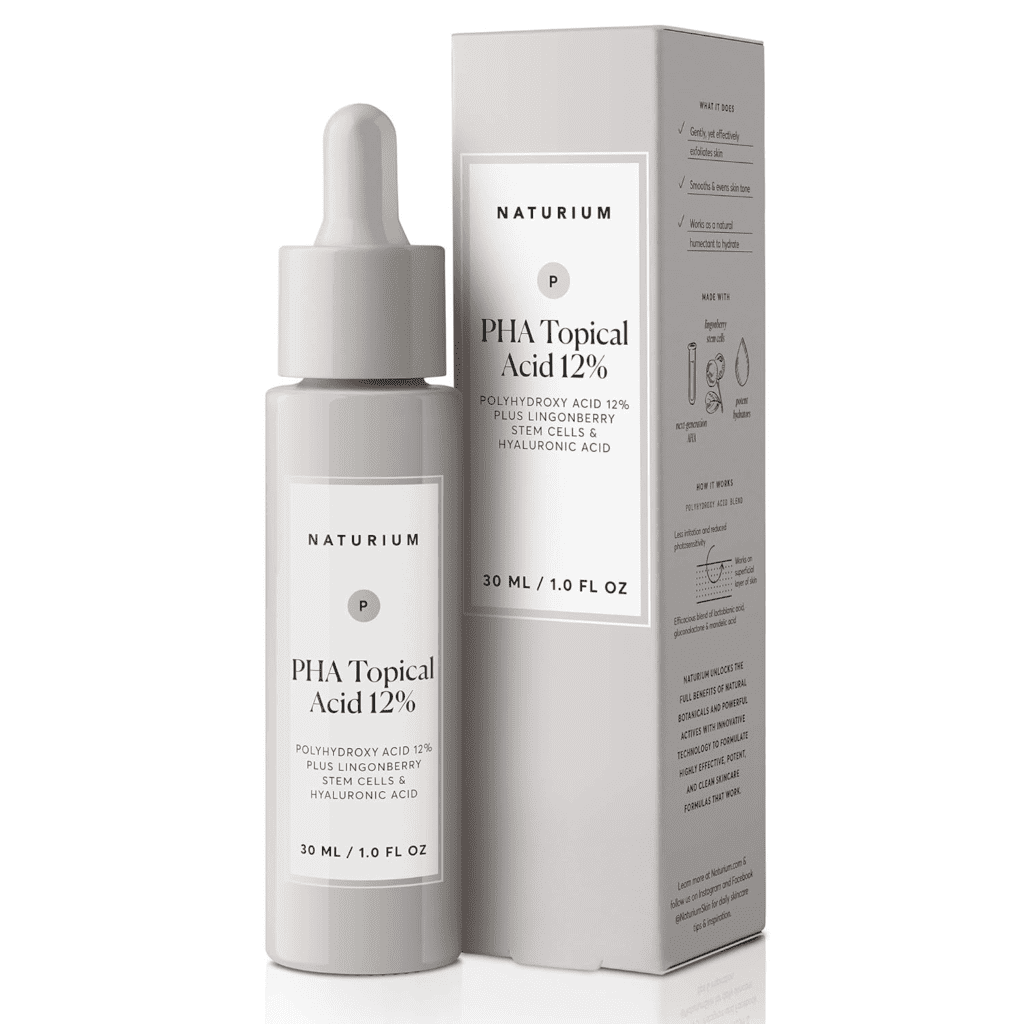
Naturium PHA Topical Acid 12%
The Dangers of Over-Exfoliating: Protecting Your Skin Barrier
While chemical exfoliants offer numerous benefits, over-exfoliating can damage your skin barrier, leading to increased sensitivity, irritation, and a compromised ability to retain moisture. Signs of over-exfoliation include redness, peeling, stinging, and a heightened sensitivity to skincare products. Repairing your skin barrier is best done with hydrating serums and moisturisers.
To protect your skin barrier, it’s crucial to use exfoliants as directed, introduce them gradually into your routine, and follow up with soothing and hydrating products. Incorporating a broad-spectrum sunscreen into your daily regimen is also essential to shield your freshly exfoliated skin from UV damage. I would also recommend using exfoliating products at night to avoid sun damage.
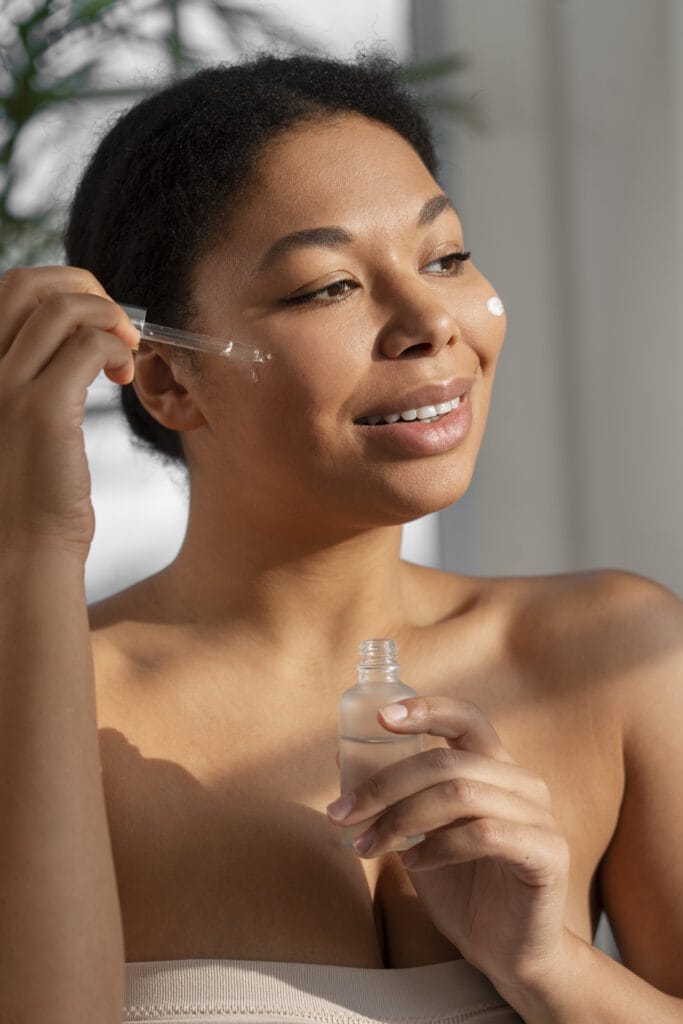
Chemical exfoliants, including AHAs, BHAs, and PHAs, have revolutionized the way we approach skincare, offering effective and targeted solutions for various skin concerns. Understanding the distinct properties and benefits of each type allows you to tailor your skincare routine to achieve a radiant, smooth complexion. However, it’s vital to use these potent ingredients with care to avoid over-exfoliation and maintain a healthy skin barrier. By incorporating chemical exfoliants mindfully, you can unlock the full potential of your skin and enjoy a luminous, rejuvenated glow.



